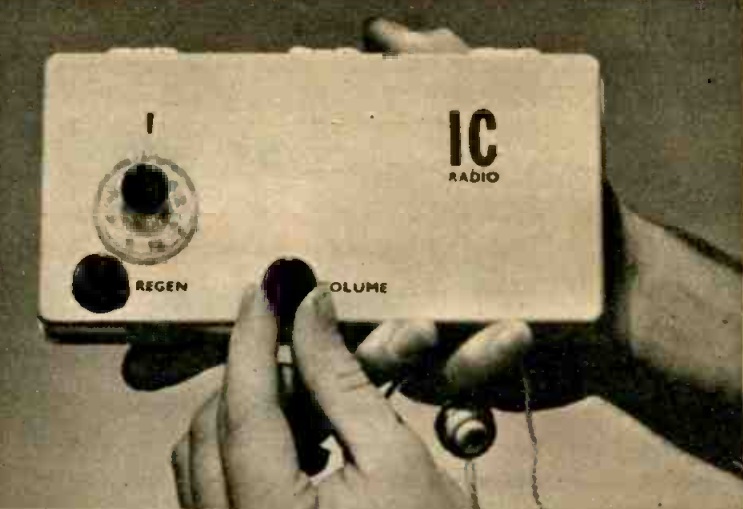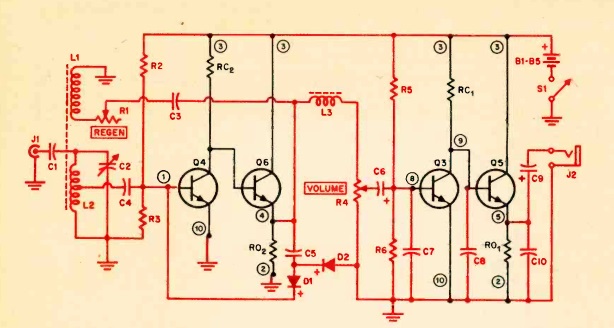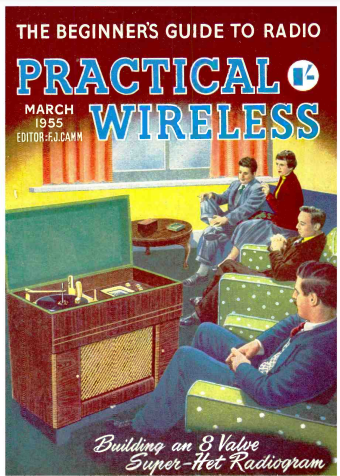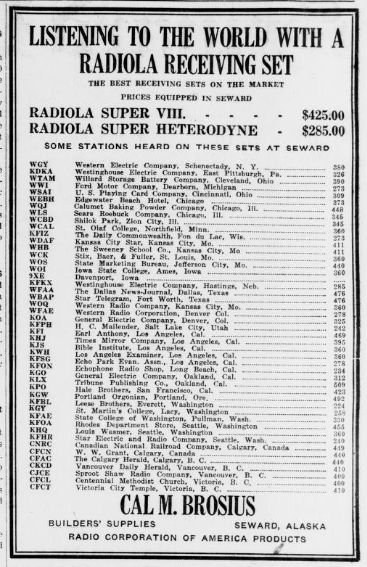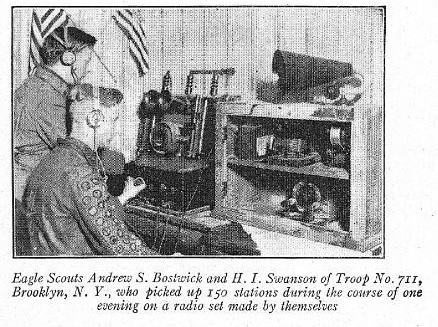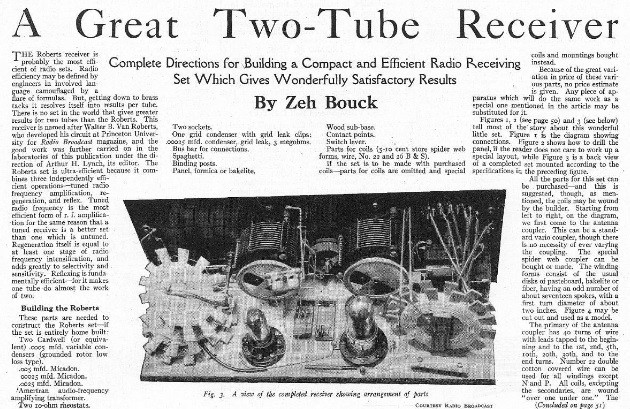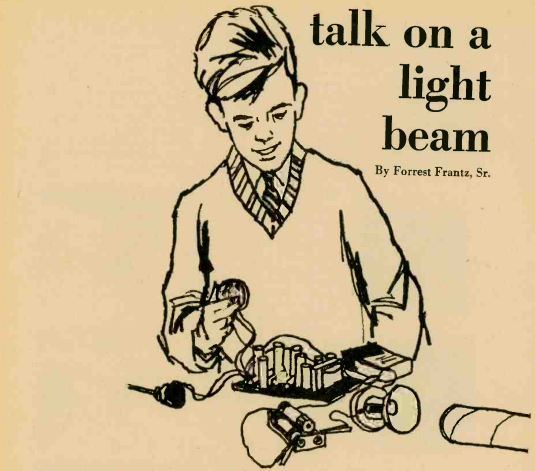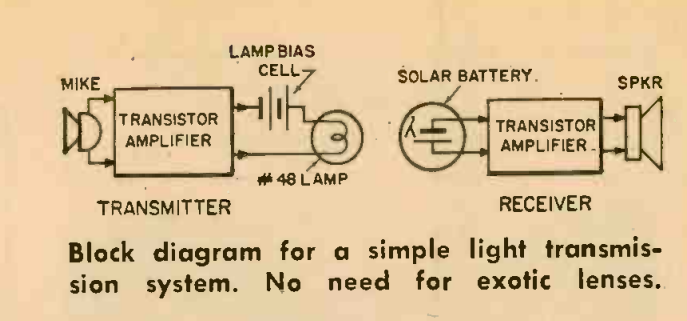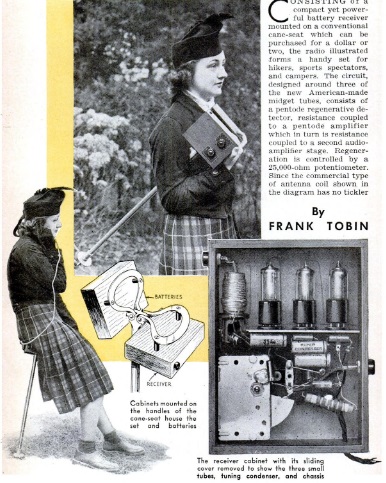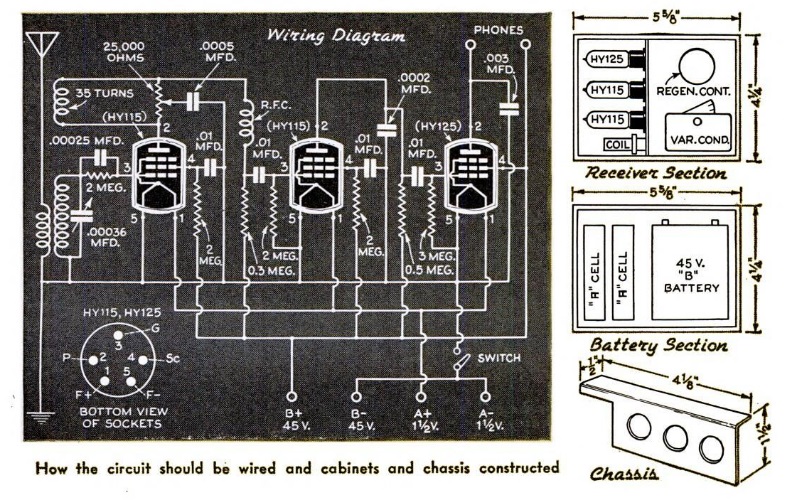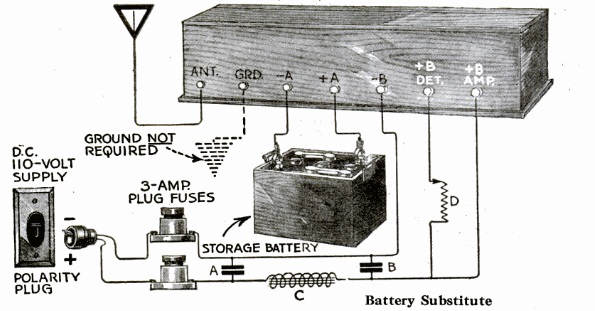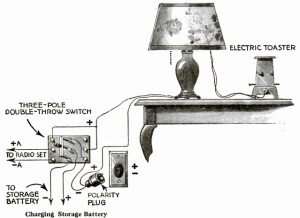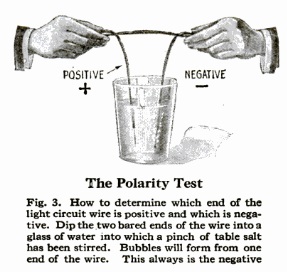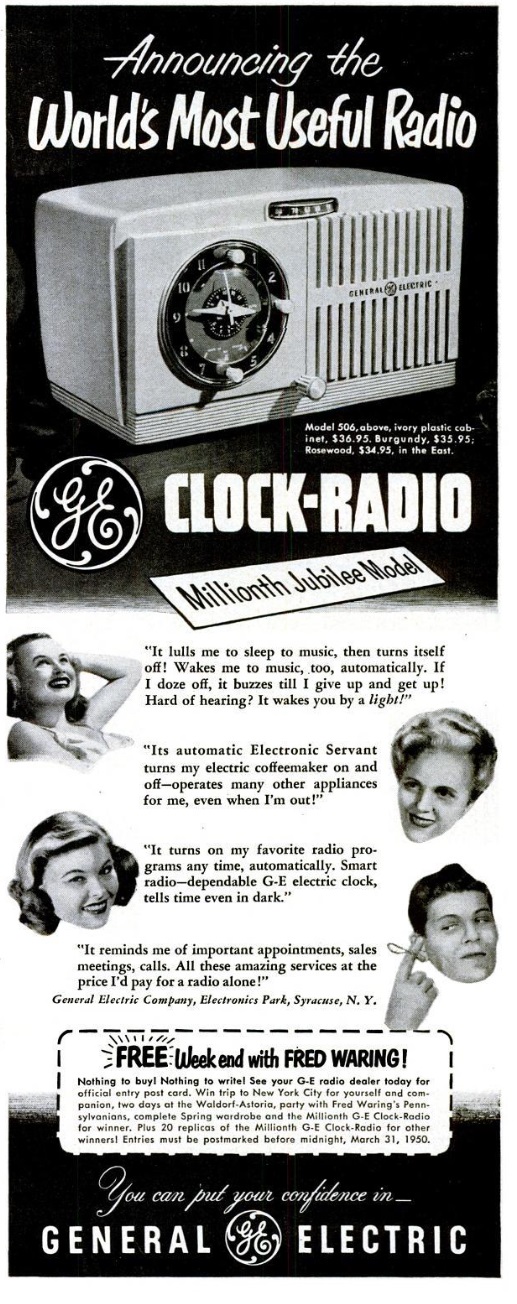 Seventy-five years ago, the millionth clock radio was getting ready to roll off the General Electric assembly lines, and GE planned to celebrate. They were conducting a contest to give the radio to a lucky winner, who would also travel to New York to meet Fred Waring and the Pennsylvanians.
Seventy-five years ago, the millionth clock radio was getting ready to roll off the General Electric assembly lines, and GE planned to celebrate. They were conducting a contest to give the radio to a lucky winner, who would also travel to New York to meet Fred Waring and the Pennsylvanians.
The set, a model 506, was billed as the world’s most useful radio. It would lull you to sleep and then waken you to music or buzzer. It could even control a light to waken the hard of hearing. And in the kitchen, it could be used to control a coffee pot or other appliance. And, of course, it could remind you of important appointments.
This ad appeared in Life Magazine, March 13, 1950.

